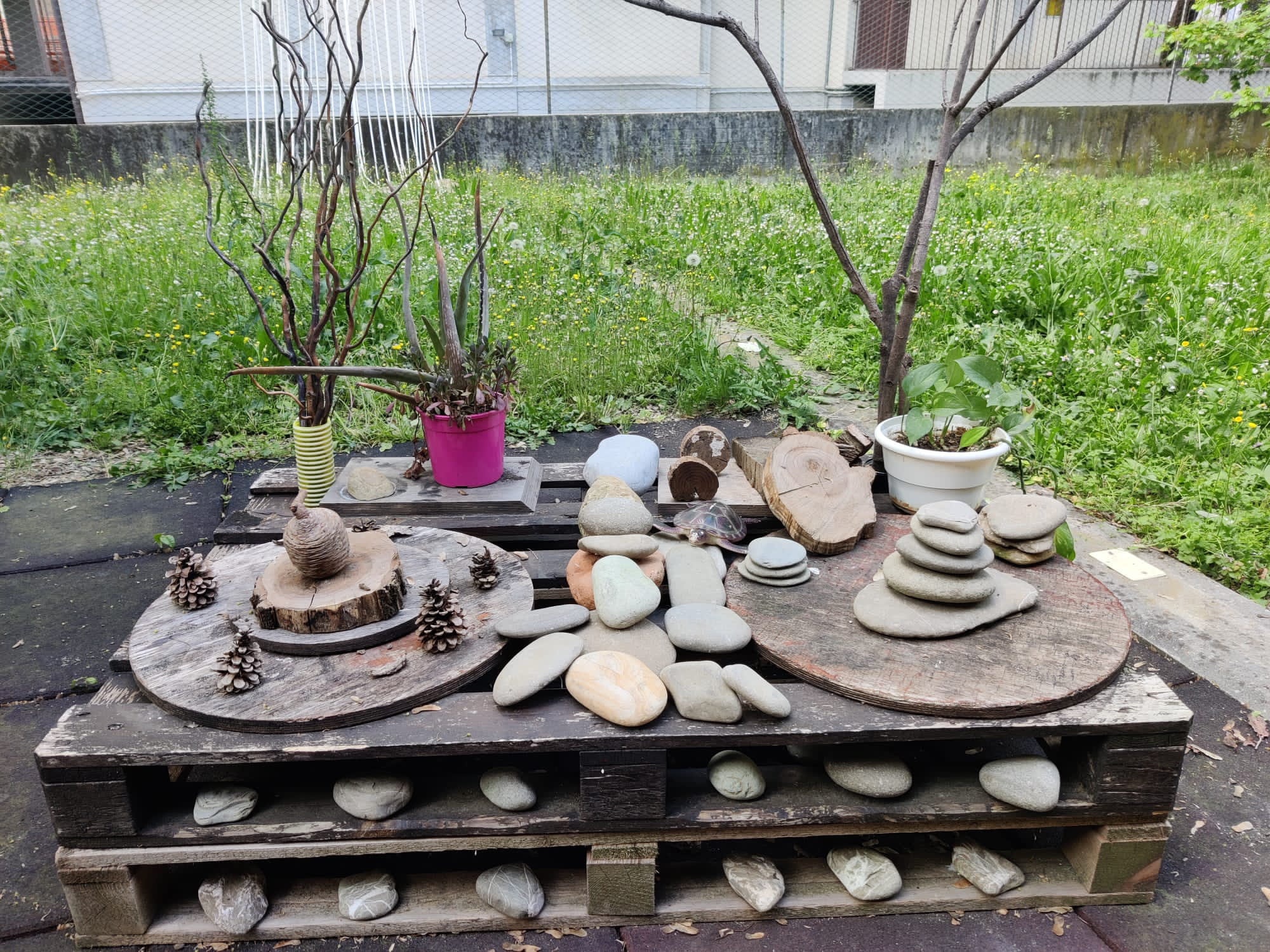There are multiple ways children can express themselves through the process of learning.
This poem is a powerful reflection on the many ways children express themselves and learn. Children have multiple “languages” through which they communicate and make sense of the world – from drawing and painting to dancing and building, from songs and stories to play and imagination. He stresses the importance of respecting and nurturing all these different forms of expression, recognising that each child has their own unique way of learning and understanding. The poem highlights the richness and diversity of children’s capabilities and the need for educational approaches that value and support these various languages of learning.

The child
is made of one hundred.
The child has
a hundred languages
a hundred hands
a hundred thoughts
a hundred ways of thinking
of playing, of speaking.
A hundred always a hundred
ways of listening
of marveling, of loving
a hundred joys
for singing and understanding
a hundred worlds
to discover
a hundred worlds
to invent
a hundred worlds
to dream.
The child has
a hundred languages
(and a hundred hundred hundred more)
but they steal ninety-nine.
The school and the culture
separate the head from the body.
They tell the child:
to think without hands
to do without head
to listen and not to speak
to understand without joy
to love and to marvel
only at Easter and Christmas.
They tell the child:
to discover the world already there
and of the hundred
they steal ninety-nine.
They tell the child:
that work and play
reality and fantasy
science and imagination
sky and earth
reason and dream
are things
that do not belong together.And thus they tell
the child
that the hundred is not there.
The child says:
No way. The hundred is there.
Translated by Lella Gandini (from The hundred languages of children, exhibition catalogue, Reggio Children, Reggio Emilia, 1996)
© Preschools and Infant-toddler Centres – Istituzione of the Municipality of Reggio Emilia